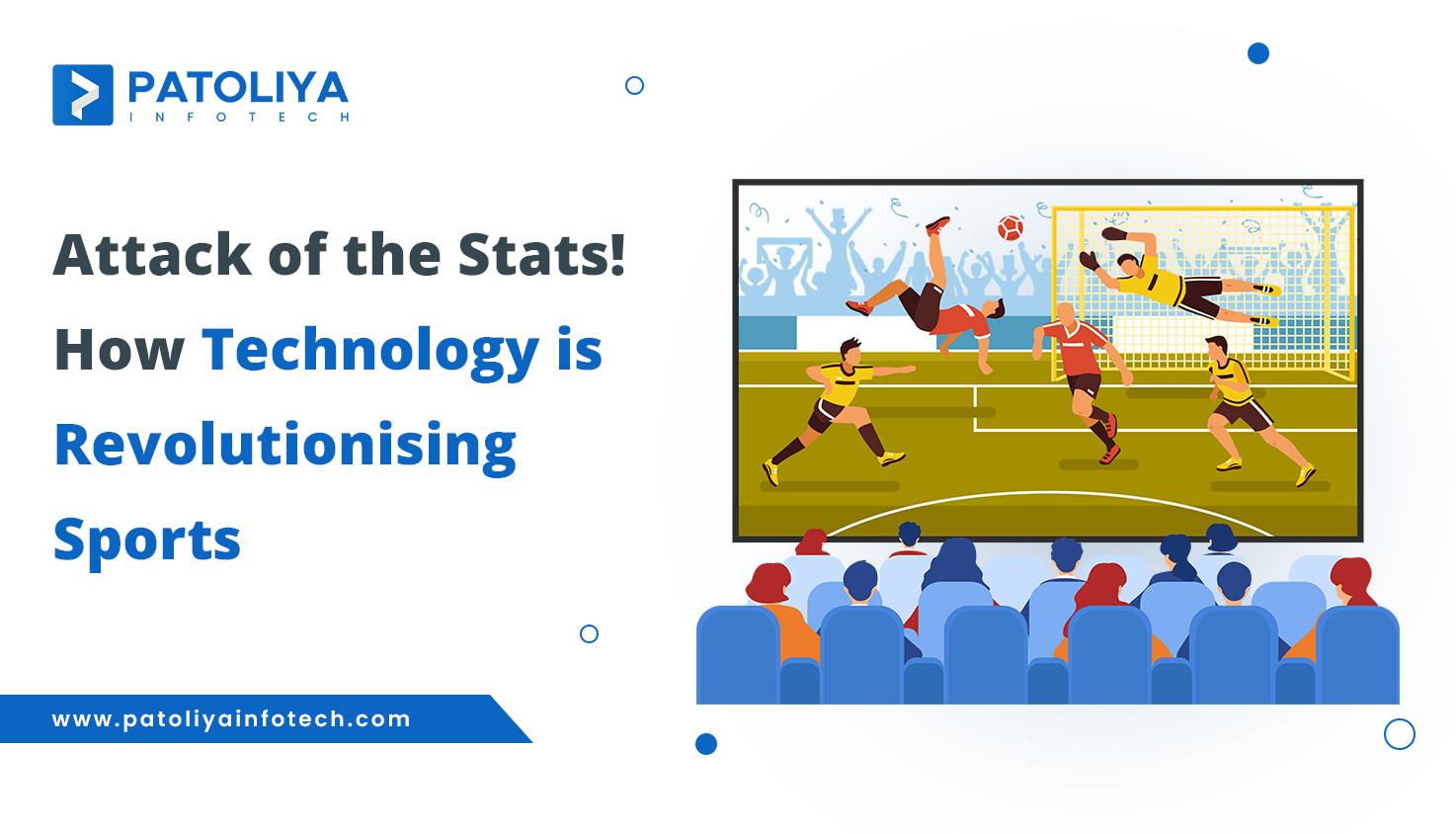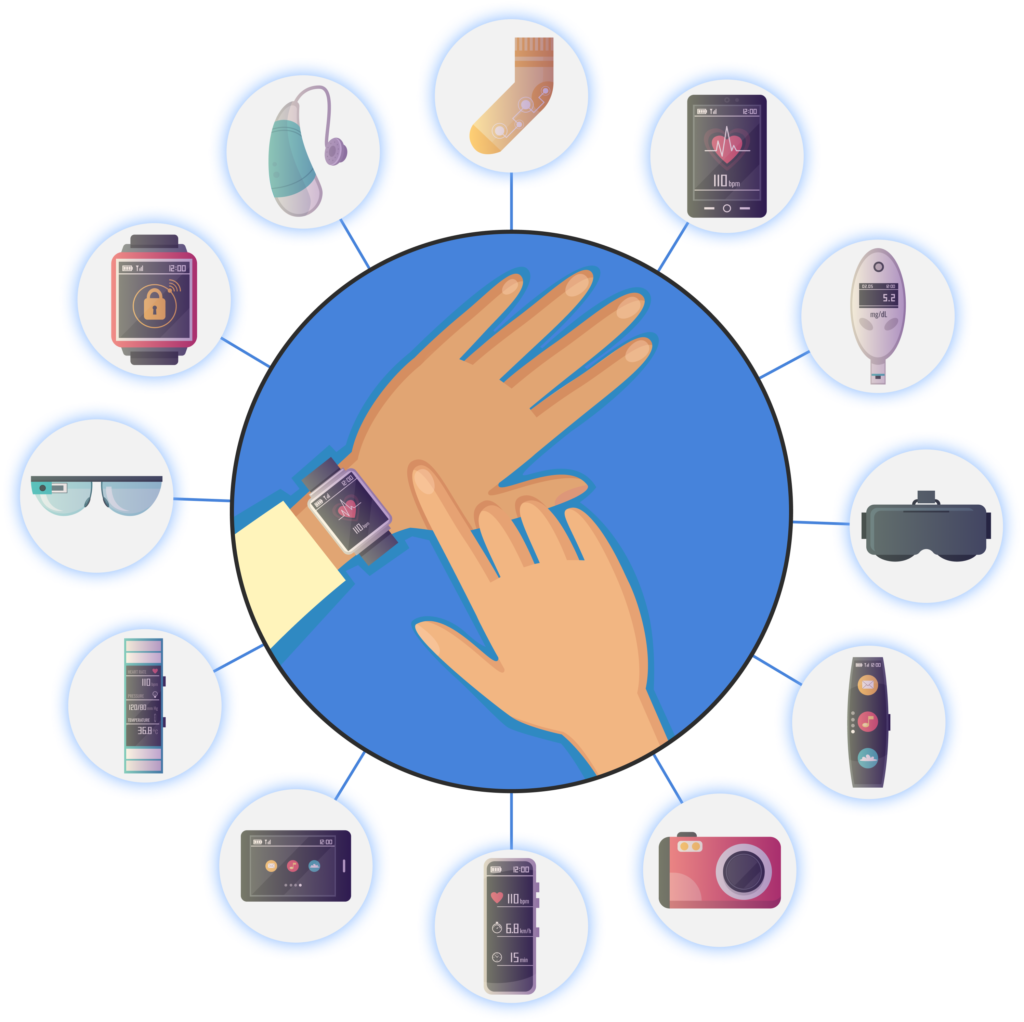How Sports Tech is Revolutionizing the Way We Play and Watch

Table of Contents
The convergence of sports and technology is ushering in a new era of innovation and excitement. With advancements in areas like wearables, data analytics, and virtual reality, athletes now have access to tools that can help them push their limits and achieve peak performance.
These technologies not only provide valuable insights into players' physical condition and performance but also offer new ways for coaches to strategize and train.
On the fan side, technology has revolutionized the viewing experience, bringing spectators closer to the action than ever before.
Whether through immersive virtual reality experiences or interactive apps that provide real-time stats and analysis, sports tech is creating a more engaging and personalized experience for fans around the globe.
As technology continues to evolve, the possibilities for how we play and watch sports are limitless, promising an exciting future for athletes and fans alike.
Enhancing Athletes' Performance On and Off the Field
Technology has become an integral part of athletes' lives, both on and off the field, revolutionizing the way they train, compete, and connect with fans.
Wearable technology, such as smartwatches and fitness trackers, has transformed the way athletes monitor their performance, providing real-time data on metrics like heart rate, speed, and distance covered.
This data is not only valuable for optimizing training regimens but also for preventing injuries and improving overall health.
Off the field, technology has opened up new avenues for athletes to engage with fans and build their personal brands.
Social media platforms allow athletes to share their stories, interact with fans, and showcase their personalities beyond their performance in games.
Advancements in virtual reality and augmented reality have transformed the fan experience, offering immersive ways to engage with sports events.
Overall, technology has become a powerful tool for athletes, enhancing their performance and connecting them with fans in unprecedented ways.

Wearable technology
Wearable technology has emerged as a game-changer in the world of sports, offering athletes and coaches unprecedented insights into performance metrics.
GPS trackers, heart rate monitors, and smart clothing are just a few examples of the innovative devices that have revolutionized training and competition.
These wearables provide real-time data on metrics like distance run, calories burned, and fatigue levels, enabling coaches and trainers to tailor training programs for optimal results.
By harnessing the power of wearable technology, athletes can track their progress, identify areas for improvement, and make data-driven decisions to enhance their performance.
Coaches, on the other hand, can use this data to fine-tune training regimens, prevent injuries, and maximize the potential of their athletes.
Wearable tech has truly transformed the world of sports, empowering athletes and coaches alike to achieve peak results.
Data-Driven Decisions
Data analytics has transformed the world of sports, empowering coaches to make informed decisions that can have a significant impact on performance.
By analyzing data on factors such as player fitness, performance metrics, and opponent tendencies, coaches can tailor training programs and game strategies to maximize success.
This data-driven approach not only improves performance on the field but also helps prevent injuries by identifying and addressing potential risks.
VR Training
Virtual reality (VR) is revolutionizing sports training by providing athletes with immersive simulations of game scenarios and environments.
This technology allows athletes to practice and refine their skills in a safe and controlled setting, free from the risks of injury or fatigue.
By replicating real-world situations, VR enables athletes to experience high-pressure moments and develop strategies to overcome them.
Sports Tech Powered Enhancements for Fans
Fans are no longer confined to the bleachers; technology is bringing them closer to the action than ever before.
Augmented reality (AR) and immersive experiences are revolutionising the fan experience, offering interactive overlays and virtual experiences that enhance engagement and excitement.
Augmented reality is changing the way fans interact with sports events, allowing them to overlay real-time stats, player information, and even replays onto their physical surroundings.
This technology not only provides valuable information but also adds a new layer of interactivity, allowing fans to feel more connected to the game.
Feeling Like You're Part of the Action
Sports fans can have a more immersive experience than ever thanks to VR and AR technologies. Fans may use virtual reality (VR) to experience as though they are on the pitch or sitting courtside during the game.
They enter a virtual world with VR headsets, where they may glance about and experience what it's like to be a genuine participant in the action.
Virtual and digital components are combined in augmented reality (AR). With augmented reality (AR) applications on their smartphones or tablets, fans can overlay virtual replays, player bios, and statistics over the actual game they're viewing.
Because spectators can now go closer to the action and feel more immersed in the experience, watching sports becomes more dynamic and engaging.

Stats and Information at Your Fingertips
Augmented Reality (AR) is changing how sports fans experience games by providing real-time statistics, player information, and highlight replays on their smartphones.
This technology enhances the viewing experience by offering a wealth of information at fans' fingertips, making it more informative and engaging.
AR overlays digital information onto the real world, providing fans with a deeper understanding of the game and its players.
AR is revolutionizing how teams and brands interact with their audience, offering new marketing and sponsorship opportunities.
By integrating AR into their strategies, teams can create interactive experiences that increase fan engagement and create memorable interactions.
Overall, AR is reshaping the sports viewing experience, offering fans new ways to connect with their favorite teams and players, and opening up exciting possibilities for the future of sports entertainment.
Smart Stadiums
Smart stadiums are transforming the fan experience with features such as contactless payments, personalized food ordering, and interactive wayfinding.
These innovations enhance the fan experience, making it more convenient and personalized. Smart stadiums use technology to improve various aspects of the fan experience, from ticket purchasing to in-stadium navigation.
Additionally, smart stadiums offer personalized experiences, allowing fans to tailor their experience to their preferences. For example, fans can use mobile apps to order food and beverages to their seats, eliminating the need to wait in line.
Interactive way finding features help fans navigate the stadium more easily, ensuring they don't miss any of the action. Overall, smart stadiums are revolutionizing the fan experience, offering convenience and personalization that enhance the enjoyment of live sports events.



